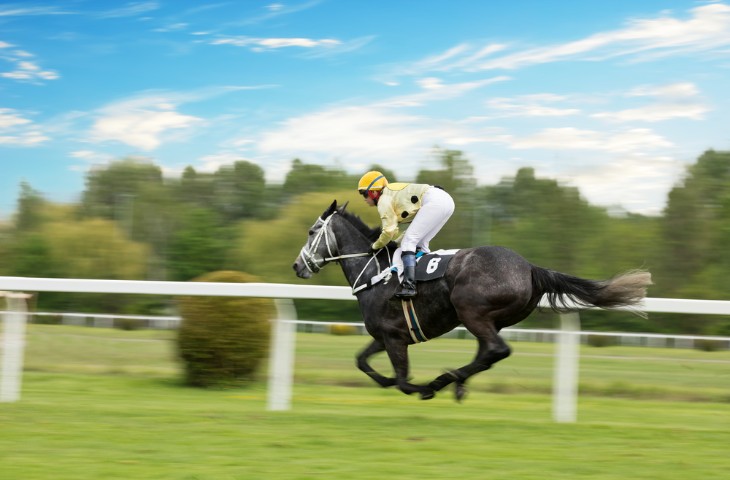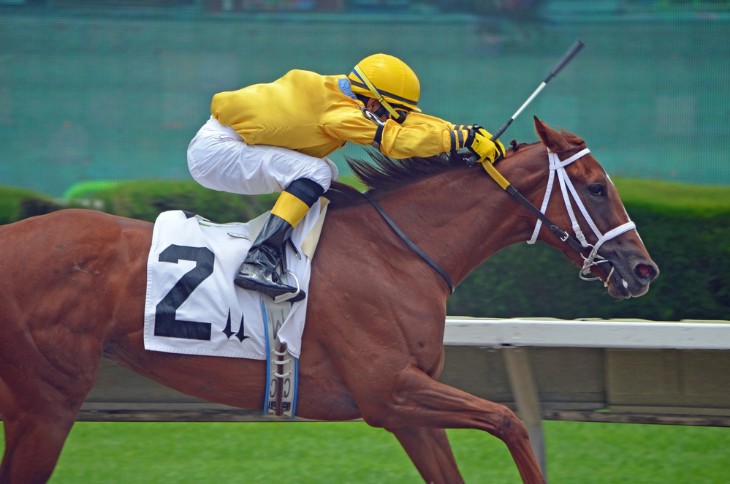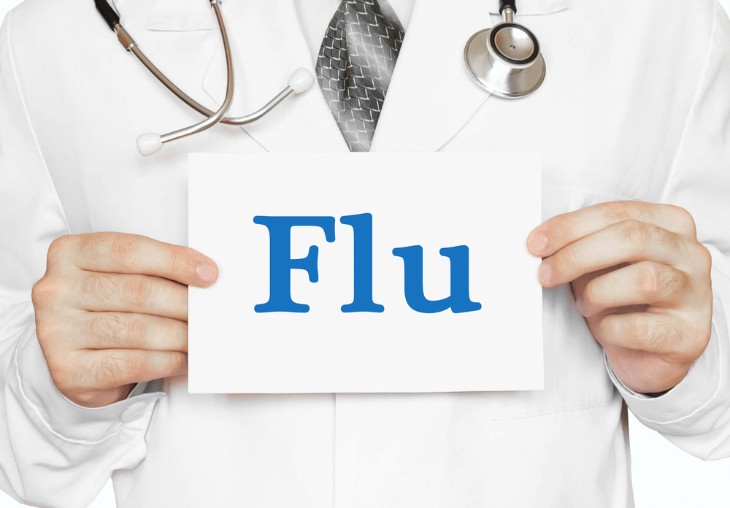An illness that no one in horse racing wants to hear about, Equine Flu, is a highly transmittable breathing disease that affects horses. With the huge risks this sickness holds for both racing schedules and horse health, everyone involved with equestrianism needs to know all they can about it.
What Exactly is the Equine Flu?
Equine Flu is a very infectious viral disease that targets horses, donkeys, and other equines. Strains from the Influenza A virus made specifically to attack these animals are what cause the disease. Because of how fast it can spread through groups of horses, it’s known as a big problem in places like stables and racetracks where closeness is inevitable.
The symptoms of Equine Flu are pretty much just like those you’d get with human flu and include high fever, dry coughs, gunky nose discharge (or not), feeling tired all the time and sometimes not wanting to eat anything at all. When all these symptoms hit a horse hard enough to affect its performance temporarily or in any way at all though, there goes its racehorse chance — Even if it’s only out of commission for a week or two!
Transmission occurs by air when an infected animal sneezes or coughs out some droplets containing the virus. It can also be spread by coming into direct contact with an infected animal or by touching something that has been touched before by one. Anything from saddles to feeders to clothing can carry droplets if contaminated!
Given how easily this sickness spreads and how much damage it does to both horses and the industry attached to them, knowing Equine Flu inside out is crucial. All you need to do to keep your horses safe from this disease is watch their behaviour closely (as always), isolate sick ones immediately when signs pop up, and stick to the prescribed vaccination schedules. Keep this stuff in mind and you can help keep your horses healthy and racing all year long!
The Impacts of Equine Flu on Horse Racing
Equine Flu can throw a huge wrench into horse racing. When an outbreak happens, it completely messes up the race calendar causing cancellations left and right. In the worst cases, entire seasons have to be scratched out. The impacts aren’t just felt by competitors either — Racecourse owners, betting companies, and all the other businesses relying on horse racing for their income will also be hit hard.
Since the disease is so contagious that just sharing a stable could get healthy horses sick unintentionally, quarantine measures have to be tight when a horse tests positive for Equine Flu. Though they’re necessary to prevent the further spread of the virus, quarantines often force training and racing activities to stop across whole stables. Not only does this halt their physical development but it also prevents them from getting used to routines that were probably planned out weeks or even months in advance.
On top of all that, even if a horse beats its fight with Equine Flu, it may need weeks or maybe even months to get back into peak condition. This “recovery” time takes away from prime training opportunities that could otherwise make it one of those dream racehorses everyone wants on their team!
Biosecurity measures are implemented at racetracks and training facilities because of the threat Equine Flu poses. These precautions help control the virus’ spread, but they come at costs that can be difficult for organisers and owners to cover.
Horse racing is significantly impacted by Equine Flu. The disease is the cause of schedule interruptions, and financial burdens, and will also affect a horse’s health and performance. It’s important to get ahead of it with preventive measures like vaccinations and biosecurity practices.
Transmitting Equine Flu

Ways It Spreads
An infected horse’s sneeze or cough releases airborne particles carrying the virus into the environment. This transmission route alone allows it to infect horses in nearby stalls or different parts of a facility. Direct contact with another horse can also lead to infection, as well as sharing grooming tools and feeding equipment. Anyone handling an infected animal should wash their hands and clothing before coming into contact with others elsewhere. This highlights how important comprehensive biosecurity measures are when handling horses in stables or during transport.
Symptoms:
Symptoms of Equine Flu look similar to what people experience when they’re sick:
- High fever
- Dry, hacking cough
- Clear nasal discharge
- Loss of appetite or energy (horses won’t be interested in eating or activities if affected)
- Swollen lymph nodes and muscle soreness (makes movement uncomfortable)
It’s important for those observing these symptoms early on to isolate those animals right away and take them to see a vet immediately.
Preventing Equine Flu
Competitive environments like horse racing need strategies that prevent diseases from impacting the animals’ health and performance.
- Regular Vaccination: The severity of this disease can be reduced by vaccines. To compete in most races, horses must be up-to-date on their shots since these are effective at limiting transmission and symptoms. Veterinarians have recommended that owners follow a vaccination schedule that involves initial doses followed by boosters.
- Biosecurity Measures: Strict biosecurity measures are effective in reducing the risk of Equine Flu spreading. It’s important to keep new or returning animals away from events for a while to monitor them for signs of illness before putting them back in with others. The virus can also be eliminated from environments where horses live if stables, tools and transport vehicles are regularly disinfected.
- Minimising Stress: Reduce stress. It bums horses out so bad. It weakens their immune system which makes them more prone to catching the dreaded Equine Flu. Lessening that by caring for them properly, ensuring they get good eats, and not training the shit out of them is important for keeping a stronger immune-response. But yeah, don’t forget to give your horse some time off, too.
- Monitoring Health: Keep an eye on your horse’s health. If it gets sick, you want to be able to catch it right away so things don’t spread too bad and make everyone’s lives miserable. Coughing, fever and laziness are all symptoms of Equine Flu that you should keep an eye on. If it’s acting funny in any way or showing any other possible signs of sickness, make sure someone takes a look at it quickly.
Trainers and veterinarians must follow vaccination schedules closely when managing equine flu. This along with knowing what early symptoms look like will help lessen the impact of the disease overall.
Diagnosis and Treatment
This part sucks but we gotta do it if we wanna keep our horses healthy. Diagnosing equine flu involves a lot of poking around and testing — even though we don't know how to fix it yet. When something seems off about your sick horse (coughing, nasal discharge or fever) a veterinarian may suspect equine flu if they can’t find anything else wrong with it after giving it a once over.
To confirm this diagnosis they’ll have to take swabs from both your horse's nose and throat— then they gotta test 'em for the presence of the Equine Flu virus using techniques such as polymerase chain reaction (PCR).
- Rest: Resting is important for horses who have been affected. Physical activity should be kept to a minimum to avoid any damage to the respiratory system. A general rule is to have one week of rest for each day of fever, with a minimum period of three weeks to properly recover.
- Hydration and Nutrition: Staying hydrated and eating are both very important. Horses may lose their appetite which can cause them to not eat enough nutrients for recovery. Offering them good-tasting, easy-to-eat food can help prevent this.
- Medication: Non-steroidal anti-inflammatory drugs (NSAIDs) could reduce a fever as well as relieve discomfort that they may be feeling. To avoid making things worse, all drug use must be supervised by a vet.
Preventing secondary infections is also something that needs to be considered when treating an infected horse. In some cases, bacteria can infect the horse's body while it has the flu virus. If this happens then antibiotics may be prescribed but it’s worth noting that these don’t do anything against the virus itself.
With an early diagnosis and appropriate care, most horses will make a full recovery from Equine Flu. It’s all about detecting it early and immediately taking your horse in so its symptoms can be managed quickly and effectively.

Equine Flu and International Horse Racing
Horse racing across countries poses many risks for spreading Equine Flu or any other infectious diseases that horses might carry when they travel so much. The more horses move between countries, the higher the risk gets which could have grave effects on international races.
To lower these risks, international authorities made some strict health rules. Before even going into quarantine facilities, horses need health checks done first so vets know if there are already problems These checks require them to show proof of being vaccinated against Equine Flu too to ensure only healthy horses participate in international events
Quarantine measures are another critical component of managing Equine Flu in the international racing scene. They help to identify any infected horses before they come into contact with the local equine population, providing an additional layer of protection against the spread of Equine Flu.
Outbreaks are still possible though and races may have to be cancelled and for a lot longer than just one race sometimes. The only way we can deal with this is by being vigilant, responding quickly, and cooperating as best we can.
When people compare sports like American Football to horse racing, they don’t always think about how different these two are. Horse racing is much more interconnected worldwide which means everyone needs to work together to keep things healthy among all horses that might participate in different competitions.
The Future of Equine Flu Management
Advances in science and technology play a pretty big role in managing this illness effectively. We’ve already done so much but there’s no end until it’s completely gone forever. With time we’ll understand it better which will lead us to create more effective vaccines and treatment strategies that work wonders.
Recombinant DNA technology gives hope for a vaccine that can immunise them better, and longer — it also has the potential for fighting other types of viruses too, not just this one.
The future of Equine Flu management is quite bright. Improved diagnostic tools, more rapid testing methods and biosecurity are just a few ways we can control the virus and its impact on horses and the racing industry.
We’re at a point where technology is our best friend. Digital tracking systems and mobile apps allow us to provide real-time updates on disease outbreaks so horse owners can know when to act. This may also help with vaccination records and the movement history of horses, two crucial pieces in this puzzle.
Last but not least, collaboration among everyone involved in horse racing will be key moving forward. Sharing knowledge, resources and best practices leaves everyone better prepared than they were before.
In Summary
To conclude, Equine Flu poses a grave threat to horse racing but through vigilance, strict adherence to measures and collective effort from everyone in the said community — we can significantly reduce its impact.







